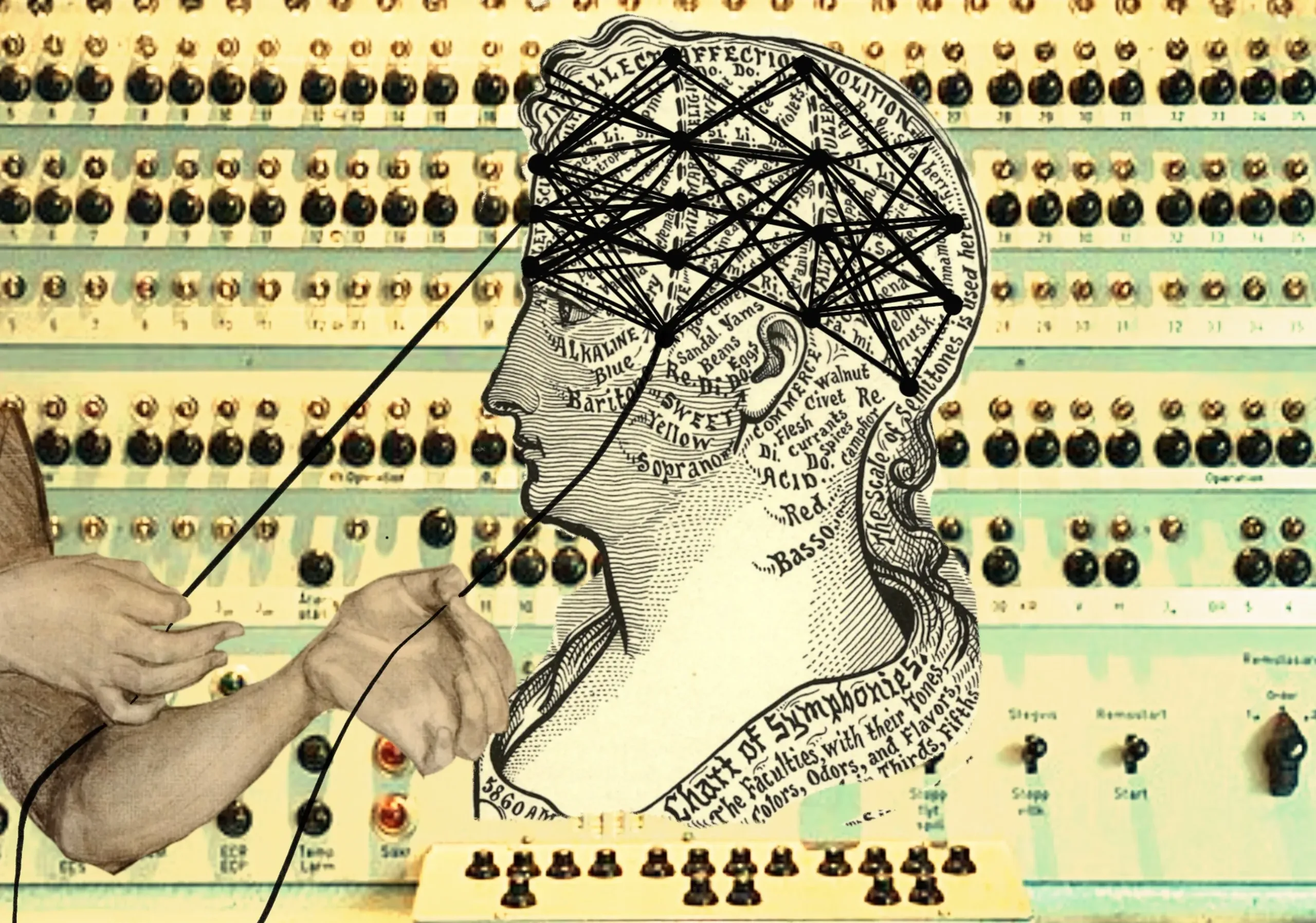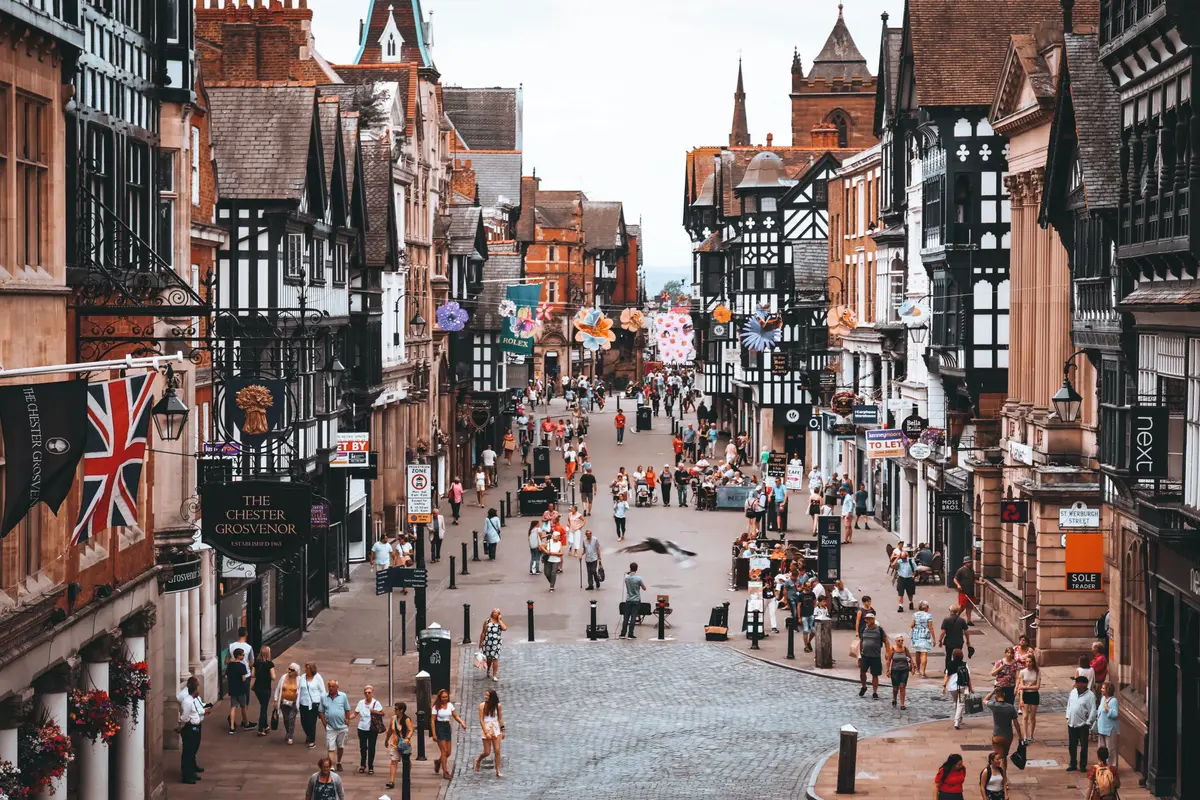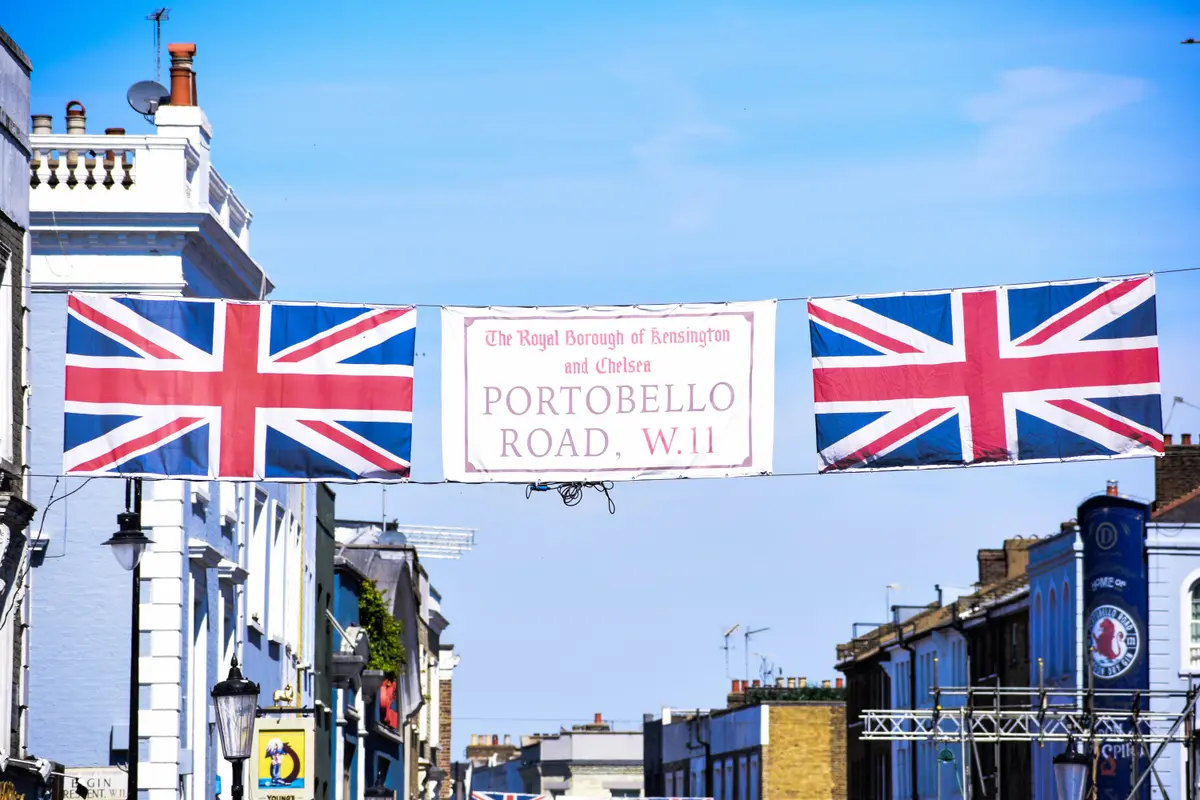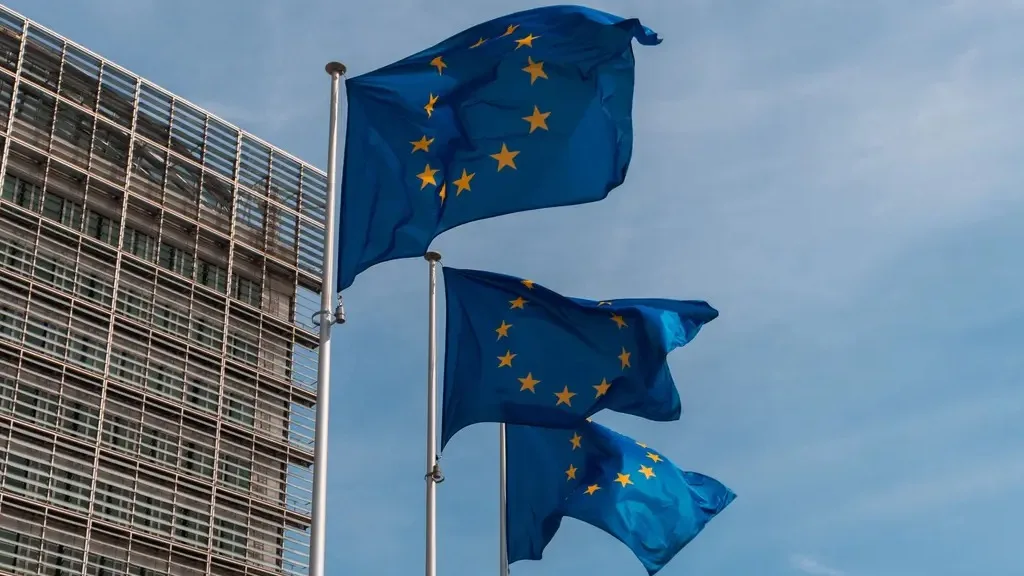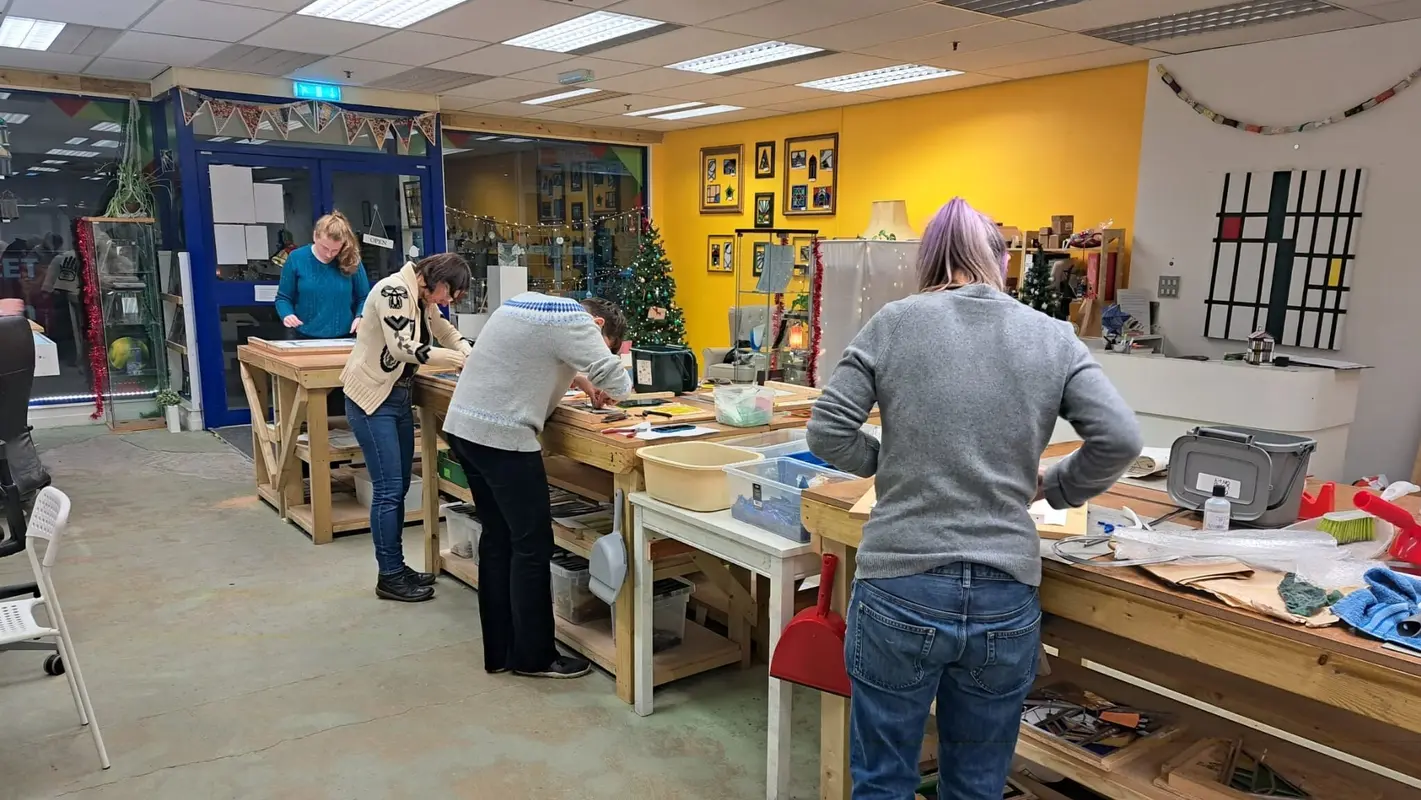This question has long been a subject of lively debate, bringing together the competing priorities of policymakers, stakeholders and members of the public. Recent changes in media technologies, audience habits and market conditions — not least those driven by the rise of new media giants such as Amazon, Google, Apple and Netflix — have made agreeing a straightforward definition of the value of Public Service Broadcasting (PSB) even more difficult.
With the BBC’s mid-term Charter Review due this year and the government considering a change to Channel 4’s public ownership status, understanding the risks and opportunities for PSB is essential to securing a sustainable future for it in the evolving global media landscape. However, in light of conflicting perspectives on what ‘value’ actually entails, voices are calling for a rethink of regulations, structures and criteria to ensure PSBs create sufficient value for the public.
Is ‘public value’ best understood as primarily an economic measure? Or do other PSB priorities — such as promoting cultural excellence, encouraging civic engagement and fostering a sense of national community — warrant a greater recognition?
This Discussion Paper contributes to these debates by examining public value as a strategic concept, and explores how it can be used to identify and evaluate different types of value created by PSB.
Its authors, Dr Tom Chivers and Professor Stuart Allan, begin by tracing the evolution of the BBC’s public value framework from 2004 to the present day, using this case study to chart how the UK’s principal public broadcaster adopted changing definitions of ‘value’ in its own regulation.
Building on this assessment, the authors propose a new typology of values — social, cultural, economic, industrial, representational and civic value — that encompass the range of objectives and obligations the UK’s PSBs seeks to fulfil. They analyse the rules and targets employed by government, regulators and broadcasters to achieve these outcomes, and discuss how emerging challenges may help or hamper the ability of PSBs to create public value in the future.
In advancing a forward-looking agenda, this Discussion Paper aims to inspire wider dialogue and deliberation over the future direction of PSB policymaking in a fast-changing digital media environment.
Please reference this paper as:
Chivers, T. Allan, S. (2022) What is the Public Value of Public Service Broadcasting? Exploring challenges and opportunities in evolving media contexts. Various: Creative Industries Policy and Evidence Centre and Cardiff University. Available from: https://www.pec.ac.uk/discussion-papers/what-is-the-public-value-of-public-service-broadcasting
Image credits – Hero Image by Tim Mossholder on Unsplash and Thumbnail by The Climate Reality Project on Unsplash
Related Discussion Papers
Demand for Creativity and AI Skills in the Post-ChatGPT Labour Market
This study examines the evolving relationship between employer demand for creativity and AI skills i…
Regional Trade Agreements, Cultural Provisions and Trade in Cultural Goods
Analysing the impact of Regional Trade Agreements on the bilateral trade of cultural goods from 1999…
International Trade Challenges and the Effectiveness of Support Measures for the UK’s Creative Industries
The formidable challenges confronting the UK’s creative industries in the realm of exports, st…
Northern England’s Creative Industries
The Creative Industries are already a driver of growth across the UK economy. Export-intensive and m…
Creative Destruction? Creative firms, workers and residential gentrification
A new study by Tasos Kitsos, Max Nathan, and Diana Gutierrez-Posada finds only a minor influence of …
Speaking with One Voice
A fundamental remit of the BBC, and other public service broadcasters (PSBs) like ITV and Channel 4,…
Transitioning to Sustainable Production across the UK Theatre Sector
This discussion paper examines transitional pathways to sustainable theatre production in the UK. By…
Identifying and analysing UK fashion micro-clusters
The UK’s Fashion and Textiles industry contributed almost £20 billion to the UK economy in 202…
Net Zero as a catalyst in fashion micro and small enterprises
This report identifies examples of work taking place across three levels of change – social, e…
The Motives of Inbound Foreign Direct Investors in the UK Creative Industries
The UK’s creative industries have a global reach. British arts, technology, and design are internati…
Brexit uncertainty and international trade in services: Evidence from the UK creative industries 2014-2019
This discussion paper is based on one of the first studies to look at the impact of Brexit on the Cr…
Working Together – Cooperatives as a creative industry business model
This authors looks at how creative workers and students typically understand cooperatives, explore t…

